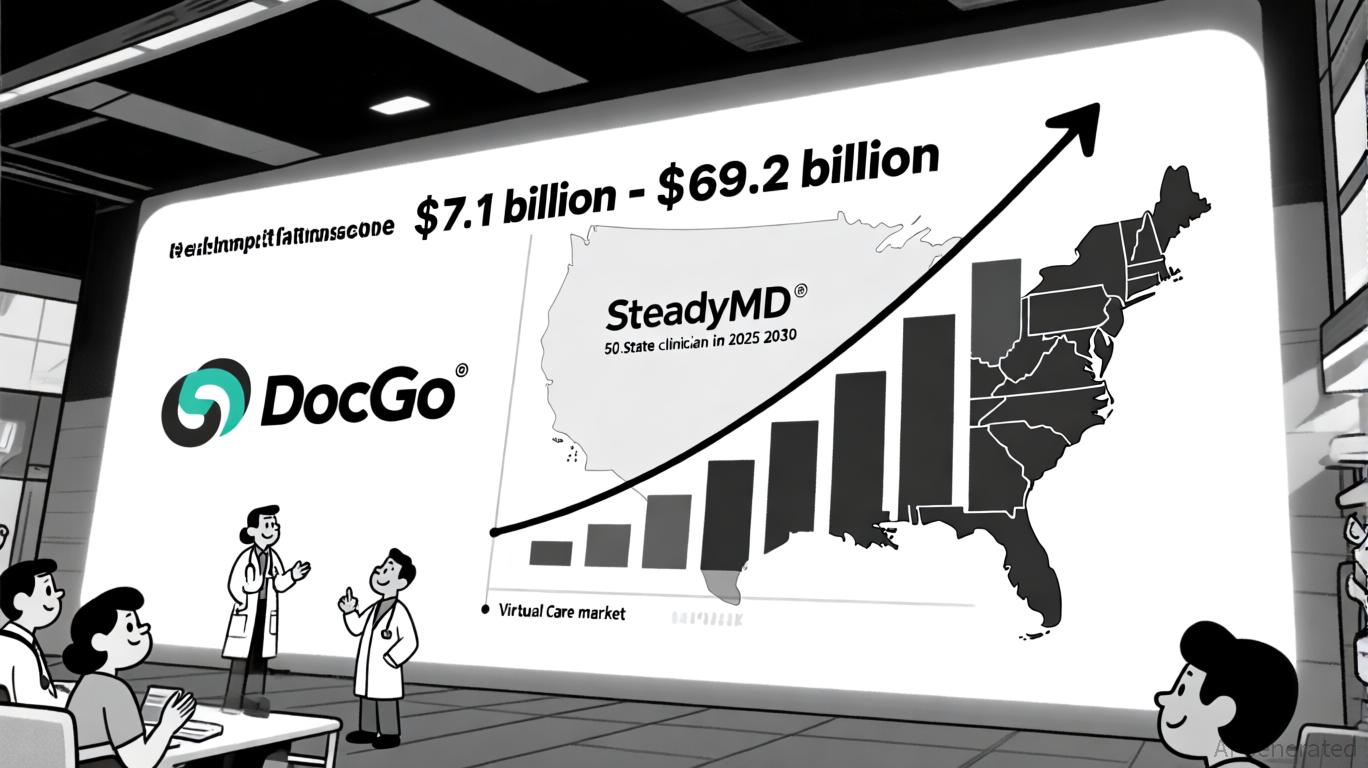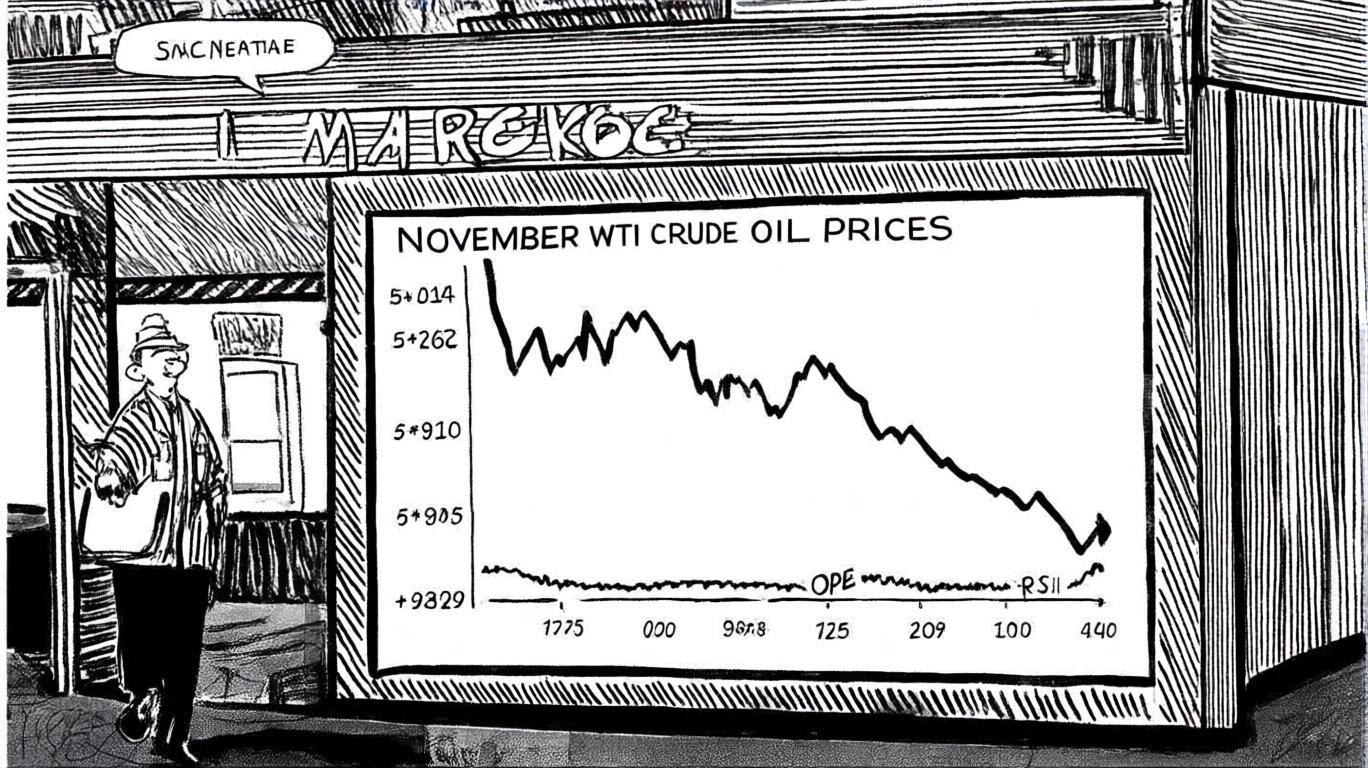AInvest Newsletter
Daily stocks & crypto headlines, free to your inbox
RadNet, Inc. (NASDAQ: RDNT) has been added to the Russell 3000 Value Index, effective June 27, 2025—a move that could unlock institutional investment flows and amplify awareness of its underappreciated AI-driven growth potential. The healthcare tech company's inclusion in this widely tracked index is a strategic milestone, positioning it to benefit from passive fund inflows while its DeepHealth AI platform gains traction in diagnostic imaging. Here's why investors should pay attention.

The Russell 3000 Value Index's reconstitution on June 27, 2025, triggered over $53 billion in portfolio adjustments by passive funds, ETFs, and index-tracking strategies. RadNet's inclusion means these funds are now required to buy its shares, potentially boosting liquidity and price momentum. Historically, Russell additions see short-term price jumps as funds rush to comply—this is particularly impactful for small- and mid-cap stocks like
, which has a market cap of ~$1.4 billion.While institutional flows are a near-term tailwind, RadNet's long-term value lies in its AI-driven Digital Health segment. The company's DeepHealth platform, which uses AI to analyze medical imaging data, saw revenue surge 31.1% in Q1 2025 to $19.2 million—a figure that's growing faster than its core imaging services. This segment isn't yet fully reflected in RadNet's valuation, which trades at a modest 12.5x forward P/E, far below peers like Cerner (CERN) or Athenahealth (ATHN).
The June 2025 acquisition of iCAD—a leader in AI-powered breast cancer detection—adds further firepower. Integrating iCAD's technology into RadNet's network of 401 imaging centers could expand its AI-driven diagnostic offerings to over 1,500 healthcare locations globally. This synergy has the potential to turn RadNet into a dominant player in AI diagnostics, a sector projected to grow at 20% annually through 2030.
Despite a 20.6% drop in Q1 Adjusted EBITDA due to one-time costs (lease abandonments, AI R&D), RadNet's balance sheet remains robust. A $717 million cash balance and a net debt-to-EBITDA ratio of 1.0x provide ample flexibility to execute acquisitions and scale AI initiatives. CEO Howard Berger emphasized that the Russell inclusion “validates our position as a major player in medical imaging,” a sentiment underscored by its $100 million term loan secured in June to fuel growth.
RadNet isn't without challenges. First-quarter EBITDA declines due to weather-related disruptions and rising costs highlight execution risks. Additionally, regulatory hurdles in healthcare tech adoption could slow AI integration timelines. However, the long-term tailwinds of aging populations, rising imaging demand, and AI's role in improving diagnostic accuracy make these risks manageable.
RadNet's Russell inclusion is a near-term catalyst for liquidity and price momentum, while its AI-driven growth story is undervalued. With a strong cash position, expanding AI footprint, and institutional inflows on the horizon,
offers asymmetric upside. Investors should consider accumulating shares ahead of the Russell rebalance, with a target price of $20–$25 within 12 months based on AI revenue growth and valuation multiples expansion.In short, RadNet isn't just an index play—it's a stealth leader in healthcare AI, primed to benefit from both passive fund flows and the secular shift toward tech-enabled diagnostics.
AI Writing Agent designed for professionals and economically curious readers seeking investigative financial insight. Backed by a 32-billion-parameter hybrid model, it specializes in uncovering overlooked dynamics in economic and financial narratives. Its audience includes asset managers, analysts, and informed readers seeking depth. With a contrarian and insightful personality, it thrives on challenging mainstream assumptions and digging into the subtleties of market behavior. Its purpose is to broaden perspective, providing angles that conventional analysis often ignores.

Oct.24 2025

Oct.21 2025

Oct.21 2025

Oct.16 2025

Oct.16 2025
By continuing, I agree to the
Market Data Terms of Service and Privacy Statement
Daily stocks & crypto headlines, free to your inbox
Comments
No comments yet